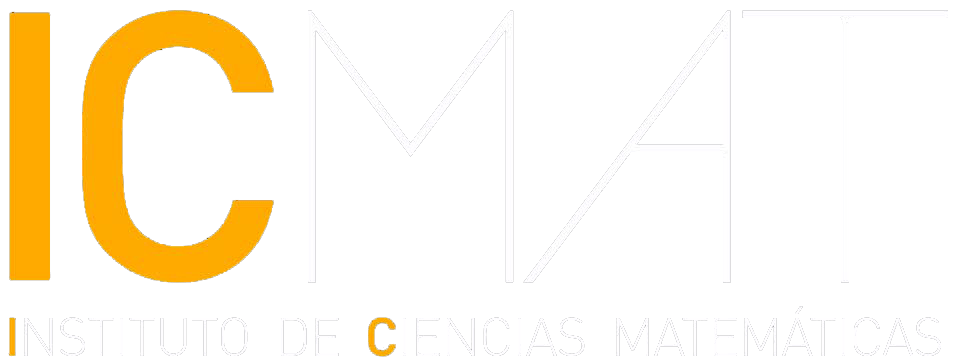Original Title: “Average decay for the Fourier transform of measures with applications”
Authors: Renato Lucà (Universität Basel, Suiza), Keith M. Rogers (ICMAT-CSIC)
Source: J. Eur. Math. Soc. 21 (2019), 465506
Date of online publication: 2019
Link: https://www.ems-ph.org/journals/show_abstract.php?issn=1435-9855&vol=21&iss=2&rank=6&p403=1
It is well known that the solution to the Schrödinger equation converges to its initial data in L2(n) as time tends to zero. Lennart Carleson1 asked how regular the data should be in order to guarantee that the convergence also holds at almost every point. Considering Sobolev spaces, with s derivatives of the data also in L2(n), the problem consists of identifying the exponents s ≥ 0 for which the pointwise convergence holds for all the data in the space. In the one dimensional case (n = 1), Carleson proved that it holds if s ≥ 1/4 and Björn Dahlberg and Carlos Kenig proved that there can be divergence if s < 1/4; that is to say, s ≥ 1/4 is a necessary and sufficient condition when n = 1.
Since then it was believed that the necessary condition of Dahlberg and Kenig should be sufficient in all dimensions, until Jean Bourgain proved that s has to satisfy s ≥ in order for the pointwise convergence to be guaranteed. This condition is stricter than that of Dalhberg and Kenig in five dimensions or more is the normalized rank of the matrix Ā∈ Matn×m([G]) obtained by reducing the coefficients of A modulo the subgroup N.The two main problems concerning L2Betti numbers are the strong Atiyah and the Lück approximation conjectures. The strong Atiyah conjecture predicts that if the least common multiple lcm(G) of the orders of finite subgroups of G is finite, then rkG(A) ∈. For example, in the case where G is torsion-free, this means that all the numbers rkG(A) are integers. This claim is a strong version of the Kaplansky and the Malcev conjectures for [G]. Assuming that G is torsion-free, the Kaplansky conjecture claims that [G] is a domain and the Malcev conjecture that [G] can be embedded in a division ring.
In this article, due to Renato Lucà and Keith Rogers, Bourgain’s result is improved, showing that s ≥ is a necessary condition. Their proof combines interference patterns (similar to those appearing in Young’s double slit experiment) with ergodic theory, employed in order to show that the constructive interference can appear in a set of positive measure. In the second part of the article, the rate of decay of the Fourier transform of fractal measures is considered. It is well known that there may be a direction in which there is no decay, however, after averaging over all directions, there must be at least some decay. Pertti Mattila considered the problem of identifying βn(α), the maximum rate of decay that is valid for all αdimensional measures. He proved that βn(α) = α if α < and Per Sjölin proved that βn(α) = n – 1 if α = n. Bourgain then made a connection with restriction estimates which helped Thomas Wolff8 to identify the precise value of β2(α) in the remaining range, thus solving the problem with n = 2.
In three and more dimensions, the question of Mattila is still open, however, Lucà and Rogers improved the bounds for βn(α). For their upper bound, which limits the rate of decay, they construct a measure with similar properties to the Schrödinger data that they constructed for Carleson’s question. For their lower bound, that shows that the average rate of decay can never be too small, they take advantage of the multilinear restriction estimates proved by Jonathan Bennett, Anthony Carbery and Terence Tao. Finally, they apply their lower bound for βn(α) in order to refine Carleson’s question, showing that the pointwise convergence can only fail on a set of small fractal dimension.


